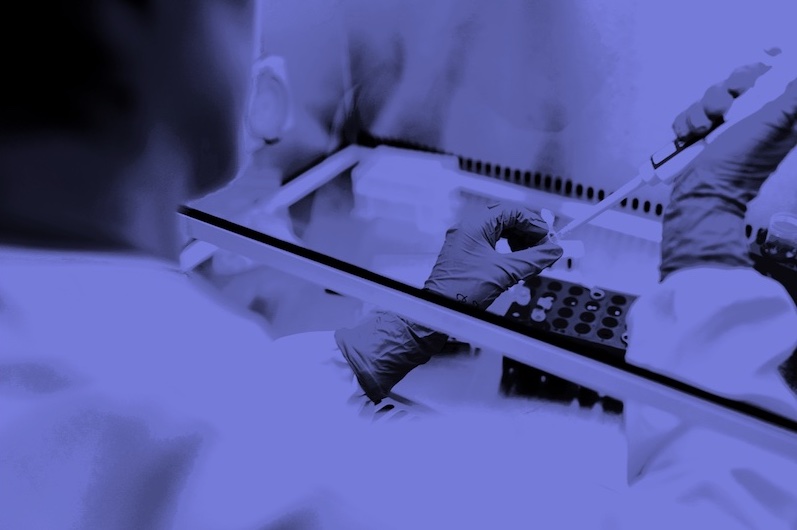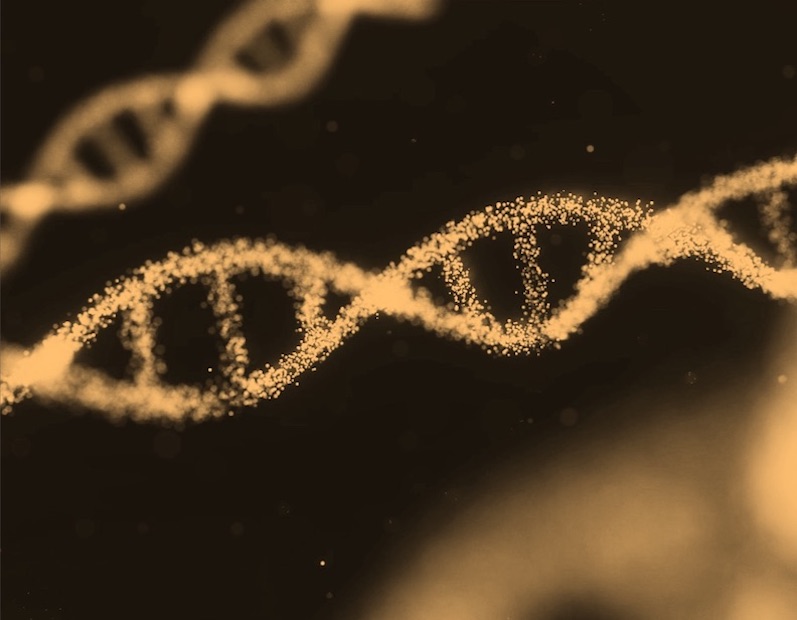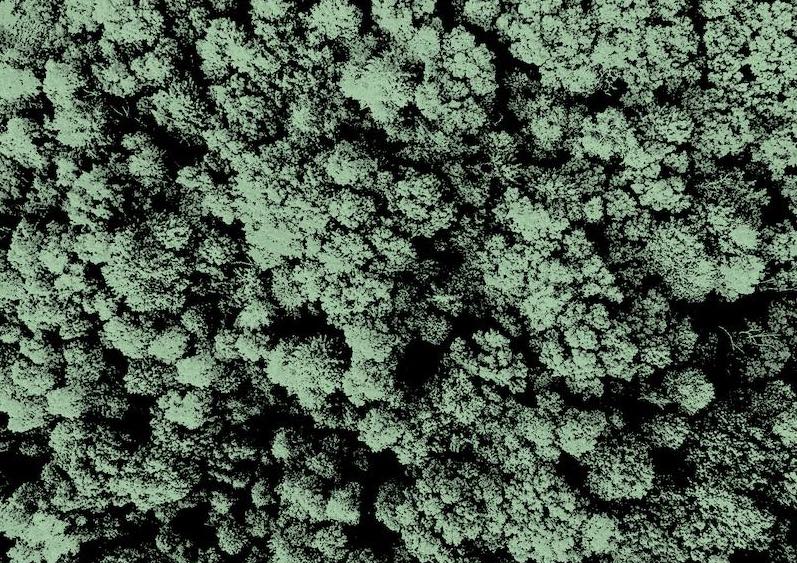What is it about?
Background: Nonylphenol (NP) is one of the most widely used synthetic xenoestrogens in detergents, plastic products, paints and the most important environmental degradation factor. In this study, the effects NP was investigated on hepatic oxidative stress-related gene expression in rats. Method: Wistar male rats weighing 150e200 g were divided into control and NP receiving groups. NP was given in three doses (5, 25, and 125 mg/kg). All doses were given by gavage and the experiment continued for a consecutive 35 days. AST, ALT and ALP determined by the colorimetric method. The RNA was extracted from the rats liver tissue and RT- PCR was used to investigate the changes in gene expression. For this purpose, primers and specific probes of HO1 and Gadd45b genes as well as B-actin as control were prepared and the expression of each gene was separately assessed with ABI-7300. Hematoxylin and eosin staining was performed for evaluating of cell death. Finding: The data from our study indicated nonylphenol increased alkaline phosphatase level but not changed aspartate aminotransferase and alanine aminotransferase in serum. That various doses of NP result in a dose-dependent increase in the expression of HO-1 gene. The intensified expression of HO-1 was statistically significant just at the doses of 25 and 125 mg/kg compared to control group (p < 0.05). In addition, it was shown that different doses of nonylphenol raised the expression of Gadd45b gene and this increase was significantly evident at 5 mg/kg (p < 0.05). Histological evaluation also indicated that NP increased hepatocytes cell death. Conclusion: We conclude that NP increased serum alkaline phosphatase, lead to liver damage and can increase the expression of HO1 and Gadd45b genes and may modify the toxic effects on liver through induction of oxidative stress.
Featured Image
Read the Original
This page is a summary of: Comparison of oral bioavailability of acetaminophen tablets, capsules and effervescent dosage forms in healthy volunteers, Current Issues in Pharmacy and Medical Sciences, March 2018, De Gruyter,
DOI: 10.1515/cipms-2018-0001.
You can read the full text:
Contributors
The following have contributed to this page







